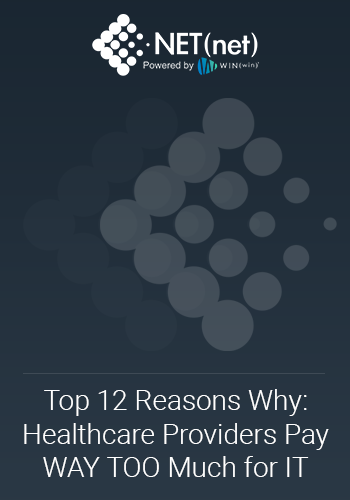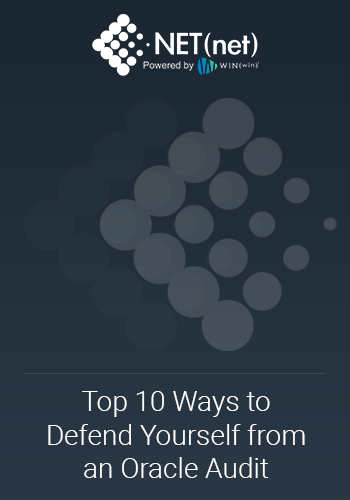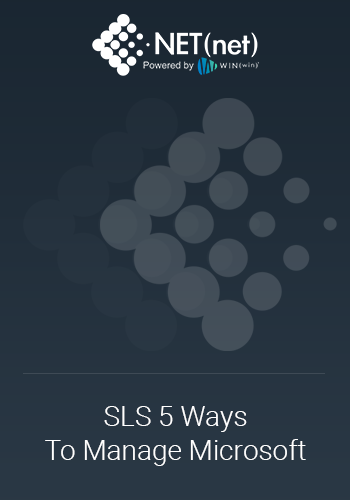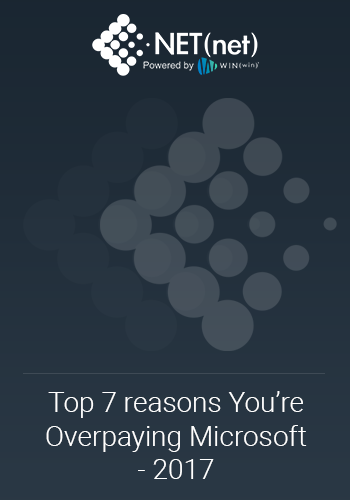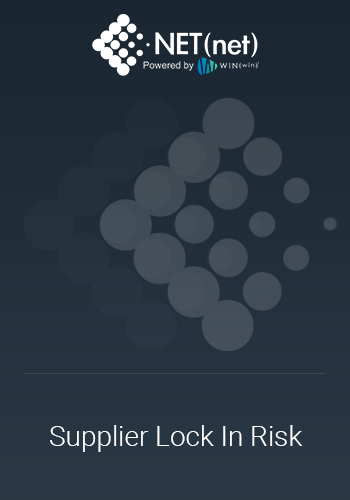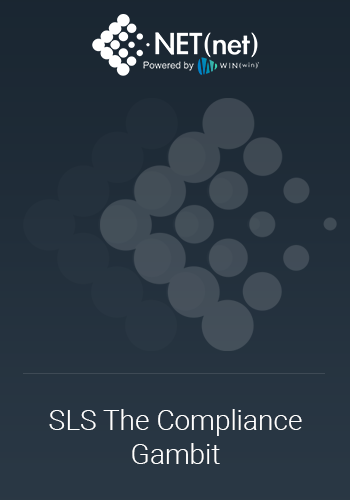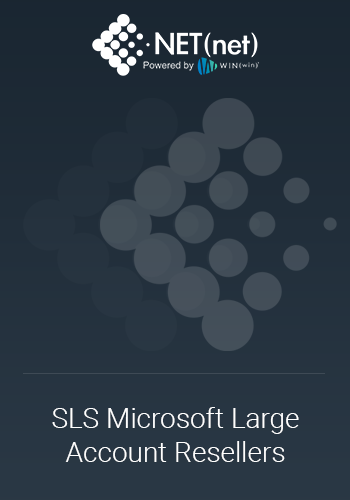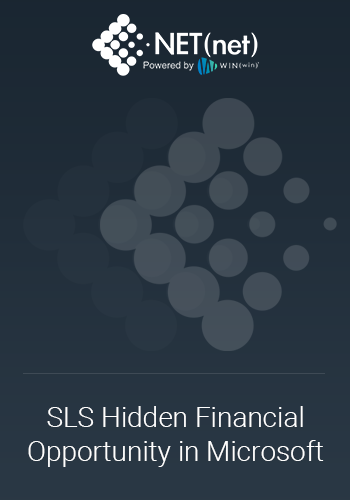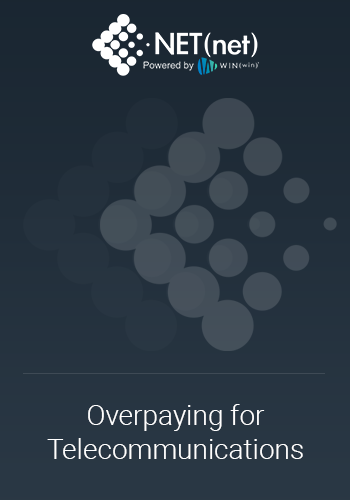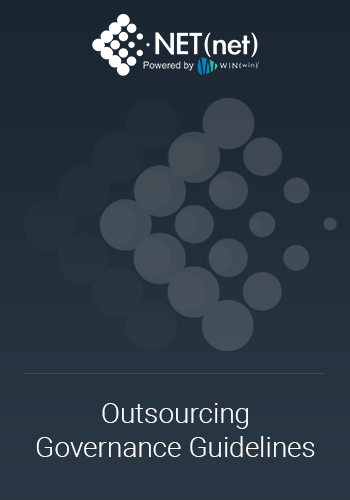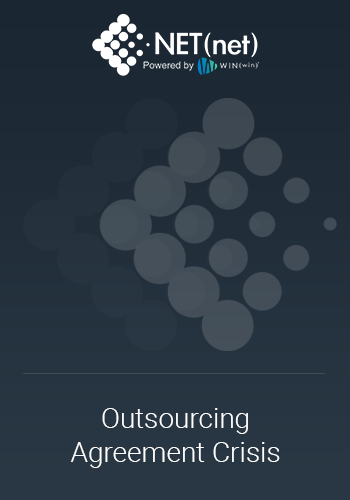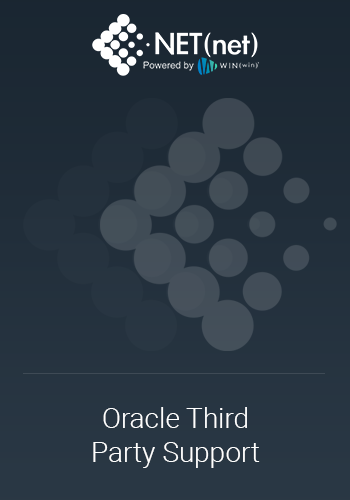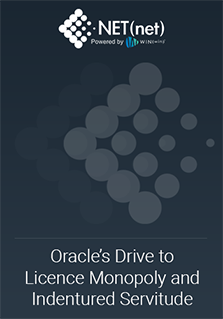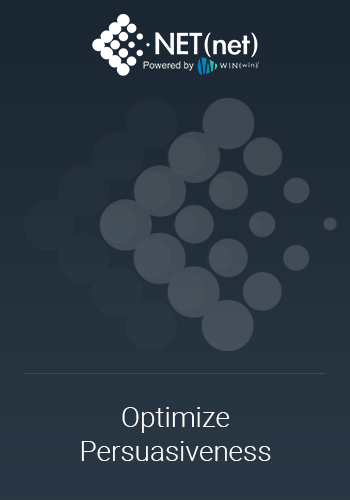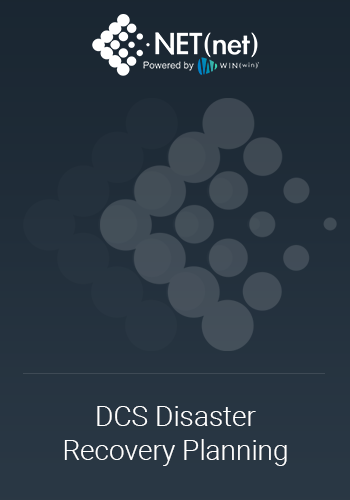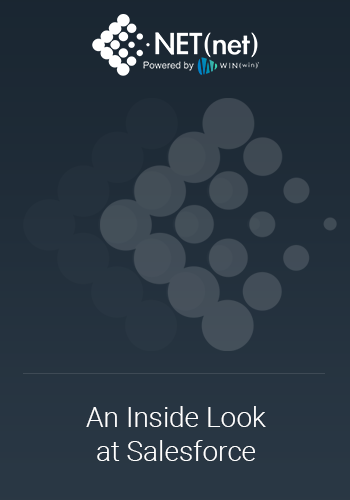Do you have AWS Zombies lurking in your environment? If you are an AWS customer, probably you do.
AWS Zombies are likely roaming your cloud instances gaining power, destroying all they touch, and if you don’t kill them off soon, they may take over your bills altogether.
What are AWS Zombies?
AWS Zombies are described as unused (and often hidden) assets that keep contributing to the ongoing costs of your AWS Cloud without producing any value.
What are the four most common types of AWS Zombies?
1: Unattached EBS Volumes
Clients should seek out and kill AWS Zombies like unattached EBS Volumes:
- When you provision an Elastic Cloud Compute (EC2) instance, you will often attach to it an Elastic Block Storage (EBS) volume for data storage.
- In the setup process of the EBS, you have an option to delete the EBS on termination, which is not set by default (it must be set by the administrator).
- When you eventually terminate the EC2 instance, the EBS volume will only be deleted if this check box was selected in the set-up process. If not selected, even though the ECS instance is terminated, the EBS storage volume will remain and will continue to contribute towards your costs.
- Some clients have thousands and thousands of unattached EBS volumes and it’s very often one of the first of many best practices NET(net) does to help them reduce costs.
2: Obsolete S3 Snapshots
Clients should seek out and kill AWS Zombies like Obsolete Snapshots:
- Snapshots are a great way to get a point-in-time copy of your data and are quite efficient in that they only back up the incremental data that's changed from the original volume, so they use much less space than fully replicated backup copies. As a result, clients use them frequently.
- In most cases when clients have EBS storage, they will store Snapshots in an S3 storage bucket and they often use many, many snapshots to capture incremental changes to an EBS volume.
- In some cases, client architects will store thousands and thousands of snapshots for various applications, giving the system administrators maximum flexibility in picking a recovery point and then having minimal time to recover an application’s data.
- The problem comes when considering how many snapshots are actually required, as generally the most recent snapshot is the only one you’ll need to restore data if something goes wrong in your application. However, architects save a lot more than the most recent one! In one case, a Client had several years' worth of snapshots that were taken every 15 minutes.
- Deleting older and/or obsolete snapshots can help Clients save a lot of money.
3: Unattached Elastic IP Addresses
Clients should seek out and kill AWS Zombies like Unattached Elastic IP Addresses:
- When you set up your EC2 instance, the capability exists to assign it to Amazon’s pool of public (IPv4) ‘Elastic IP Addresses’ so users can access your applications from the internet.
- As an AWS Customer you are generally allowed 5 Elastic IP addresses per account, however, more are available for free if they are attached to a running AWS Service.
- If you terminate the instance, but do not also terminate the Elastic IP Addresses, you could be stuck with a huge bill.
4: Unused Elastic Load Balancers
Clients should seek out and kill AWS Zombies like Unused Elastic Load Balancers (ELBs):
- Clients configure ELBs to help to distribute application traffic to various targets such as multiple EC2 instances for a variety of good and practical reasons.
- Any ELB that has been configured in your AWS environment is actively adding charges to your bill - whether it is active or not.
- We often help Clients review their ELBs for associations with backend EC2s, and when no association is found, it is a good target for deletion.
- Deleting unused ELBs will help you further reduce cost on AWS.
These are just four common AWS Zombies and we have included only a small handful of our over 300 proven industry best practices for cost optimization of AWS. Before our clients engage us, we have assessed their spend and determined they are paying about 40% more on average than they should on AWS.
The opportunity for Cloud Cost Optimization (CCO) is significant.
Stay tuned for future developments in this area and for additional blog posts on this topic.
To help you avoid the next Zombie Apocalypse, NET(net) offers Managed Services for CCO, designed to help Clients cost-optimize cloud deployments and has specialist expertise with Amazon AWS, Google GCE, and Microsoft Azure among other cloud providers.
CCO engagements typically generate a 500% ROI.
Contact your NET(net) Client Services Executive to see how we can work with you on the front lines in the war against the AWS Zombies or help you save some money on your cloud solutions.
About NET(net)
Since 2002, NET(net) is the world’s leading IT Investment Optimization firm, helping clients find, get and keep more economic and strategic value. With over 2,500 clients around the world in nearly all industries and geographies, and with the experience of over 25,000 field engagements with over 250 technology suppliers in XaaS, Cloud, Hardware, Software, Services, Healthcare, Outsourcing, Infrastructure, Telecommunications, and other areas of IT spend, resulting in incremental client captured value in excess of $250 billion.
NET(net) has the expertise you need, the experience you want, and the performance you demand. Contact us today at info@netnetweb.com, visit us online at www.netnetweb.com, or call us at +1-866-2-NET-net to see if we can help you capture more value in your IT investments, agreements, and relationships.
NET(net)’s Website/Blogs/Articles and other content is subject to NET(net)’s legal terms offered for general information purposes only, and while NET(net) may offer views and opinions regarding the subject matter, such views and opinions are not intended to malign or disparage any other company or other individual or group.

